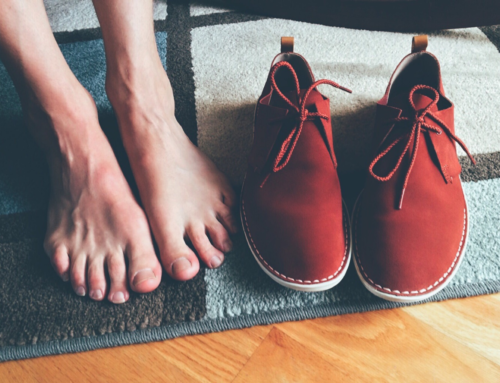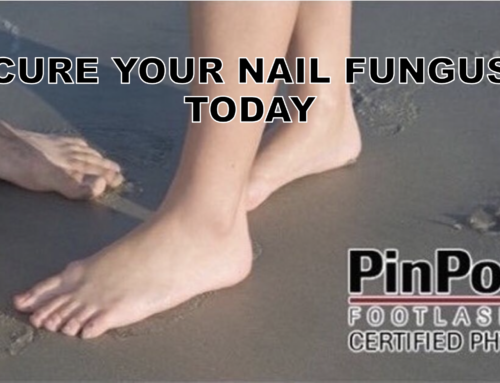Many people who struggle with toenail fungus have dealt with it for years. Toenail fungus is an infectious condition that isn’t considered curable, but it is treatable. Unfortunately, long-time sufferers often feel they’ve “tried everything” and eventually give up, accepting that their nails may never return to normal. Others ignore the problem entirely, hoping it will go away on its own.
This mindset can be dangerous. Toenail fungus doesn’t simply fade over time, and leaving it untreated can have serious consequences.
Consequences of Untreated Toenail Fungus
1. Fungus Spreading Beyond the Nails
In rare cases (about 1 in 25), toenail fungus can spread to other areas of the body, such as the hands, legs, or even the scalp. People with weakened immune systems — including older adults, diabetics, and those undergoing cancer treatment — are especially at risk.
2. Cracked Skin and Secondary Infections
As the fungus grows, it can cause cracks and openings in the skin. These breaks allow bacteria to enter, potentially leading to painful skin infections.
3. Permanent Nail Damage
If left untreated, toenail fungus can cause permanent thickening, discoloration, or even loss of the nail.
4. Contagion Within the Household
Toenail fungus is highly contagious. It can easily spread to fingernails, other toes, and even to family members through shared towels, nail clippers, shoes, or bedding.
👉 The takeaway: Treating toenail fungus early prevents it from spreading, worsening in appearance, and infecting others.
Toenail Fungus Prevention Tips
Toenail fungus is caused by microscopic organisms that thrive in warm, damp environments. Here’s how to reduce your risk:
-
Protect your feet in public places — Always wear sandals or water shoes in locker rooms, gyms, and around pools.
-
Avoid sharing personal items — Do not share shoes, socks, or nail tools.
-
Practice good hygiene — Wash and dry your feet thoroughly, especially between the toes.
-
Trim and clean nails regularly — Keep them short and dry.
-
Change socks daily — Especially after exercising or sweating.
-
Boost immunity — Older adults are more prone to fungal infections, so extra vigilance is important.
If you notice changes in your nails — such as thickening, discoloration, or crumbling — see a doctor right away.
Treatment Options for Toenail Fungus

Topical Medications
Topical antifungal creams and lacquers are widely available but often have a very low success rate. They typically require daily application for a year or more, and many patients see little to no improvement.
Oral Medications
Oral antifungals work slightly better than topical treatments, but they also require a lengthy course of medication. They can cause serious side effects such as liver damage, making them unsuitable for some patients.
Laser Treatment — A Modern Solution
The PinPointe™ FootLaser is a safe, FDA-cleared alternative that has helped thousands of patients finally get rid of stubborn toenail fungus.
-
Quick & effective — Most patients need just one session.
-
No downtime — You can resume normal activities immediately.
-
Safe — No side effects like those associated with oral medications.
-
Proven results — The laser targets and destroys fungus at the source.
After treatment, the infected nail will gradually grow out and be replaced by a new, healthy nail.
Take Action Today
Toenail fungus won’t disappear on its own — and the longer you wait, the harder it is to treat. Don’t risk permanent damage or spreading it to others.
Call us today at 1-(800) 672-0625 or visit our website to schedule your consultation with a licensed podiatrist and learn more about the PinPointe Laser treatment.




